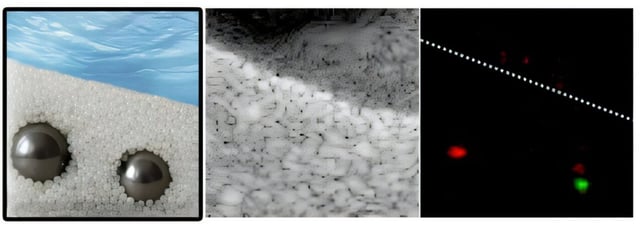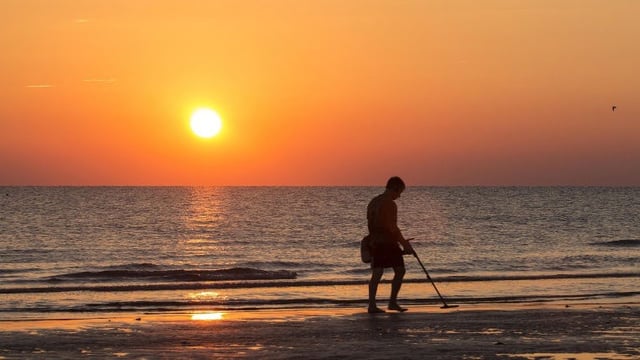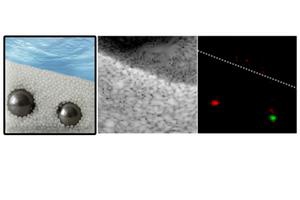Overview
- A French–Austrian team from Institut Langevin and TU Wien reported the method in Nature Physics on October 2, 2025.
- Laboratory tests located metal spheres buried in sand, producing precise 3D likelihood maps of their positions.
- Medical demonstrations showed reliable detection of breast lesion markers and measurements of muscle fibers.
- The approach tackles the long-standing multiple-scattering problem that turns reflections into diffuse noise.
- Patent applications were filed with CNRS Innovation and TU Wien, and a medical-technology company has taken up the method.



